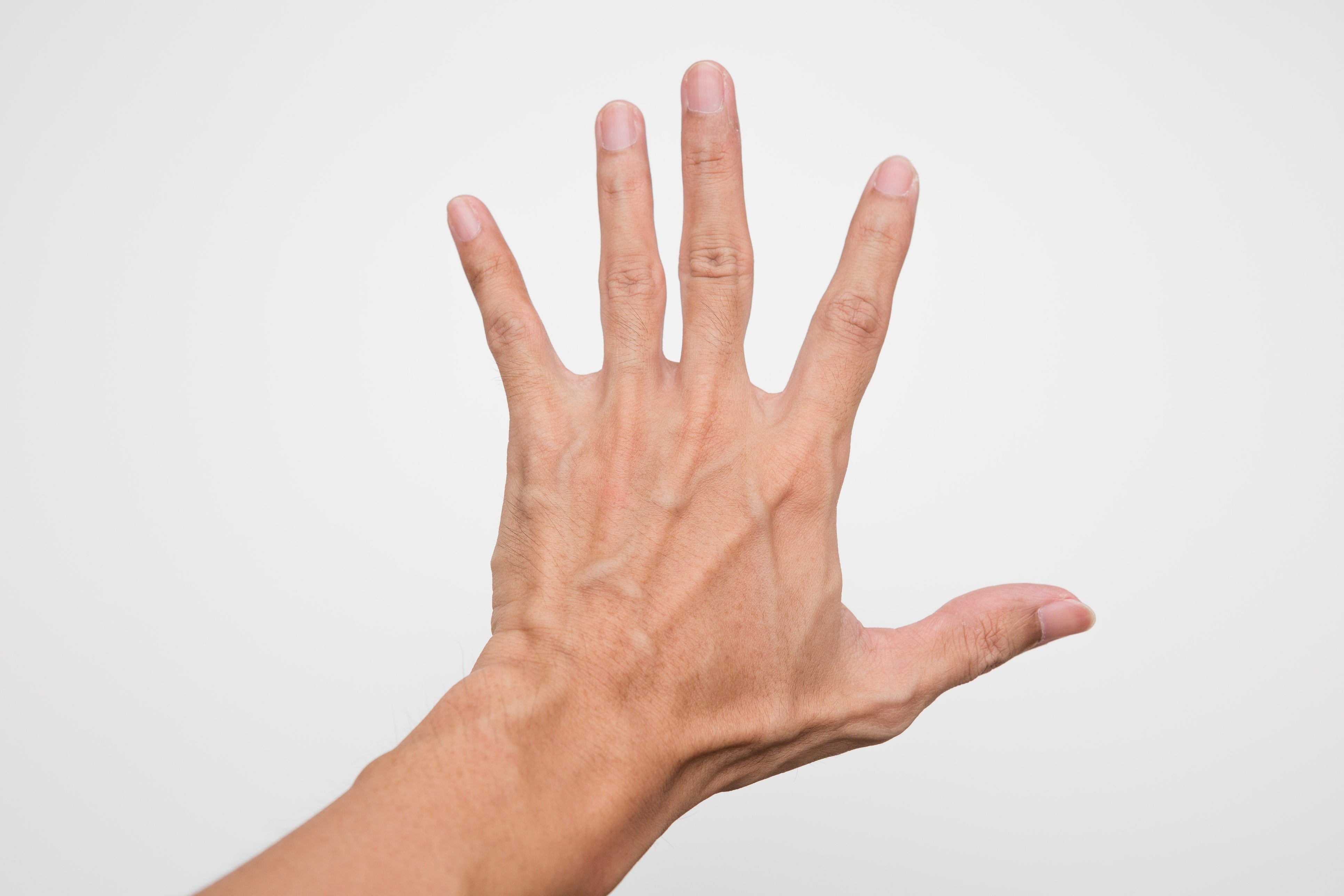From how many veins there are in the body to why men have Adam’s apples
We explore some of the curious questions that science can answer

How many veins are there in the human body? Do all people have the same amount of veins?
Blood is pumped round our body by the heart and passes through several types of “tubes” before it comes back to the heart. Blood from the heart is first pumped through the tough, elastic arteries. The aorta, which is the main artery from the heart, branches to form the systemic circulation that takes oxygen to all body tissues. These arteries taper down gradually in size, until they branch into the capillaries, which are very tiny thin-walled tubes where gas exchanges with the tissues take place. Veins, gradually increasing in size, carry the deoxygenated blood back to your heart.
The total length of all the blood vessels in the body is approximately 97,000km, or 60,000 miles – twice the circumference of the Equator. However, the majority of these vessels are actually capillaries, and it’s very difficult to give exact numbers here. There are veins coming from all major body areas, but not everyone will have the same amount; the smaller you are, the less blood you have and so the fewer blood vessels you will need. However, everybody has veins and arteries that go to all the parts of the body, so that’s at least 34 main veins, and many more smaller veins connecting with the capillaries.
Why are unsaturated fats better than saturated fats in terms of a healthy diet?
Saturated fats are considered “bad” in terms of diet because they raise blood cholesterol and contribute to cardiovascular disease. Cholesterol is not a fat, but a steroid. Blood cholesterol is produced in the liver from a variety of foods – but especially from saturated fats. High cholesterol foods include eggs and dairy products, but only a fairly small amount of blood cholesterol comes from these.
We do need some cholesterol. It helps to produce vitamin D and is essential to many processes. But a lot of people manufacture too much blood cholesterol. This can lead to a heart attack or stroke.
If an organ is transplanted into someone, does that organ still retain the DNA from the previous owner, even if the organ grows larger?
A transplanted organ always retains the DNA of its previous owner. When an organ grows, it either “enlarges” already existing cells or its cells divide. In the case of enlarging, the cellular structures are extended using molecular compounds present in the body.
The nucleus, which contains the DNA, is not affected by any of these processes. When cells divide, they do this in a process called mitosis, in which the genetic information – DNA – is duplicated with the rest of the cell. “Parental” and “daughter” cells are identical. Here, too, no alteration of the DNA is observed. In both cases the cells of the organ keep their original genetic information.
Why do men have an Adam’s apple while women don't?
The Adam’s apple is a structure made of cartilage in the front of the neck. It is part of the voice box (larynx) and is usually larger in men than in women – so both men and women have an Adam’s apple. They are larger in men because during puberty the male sex hormone testosterone causes it to grow larger. Because of this, men have longer vocal cords and a deeper voice.



Join our commenting forum
Join thought-provoking conversations, follow other Independent readers and see their replies
Comments